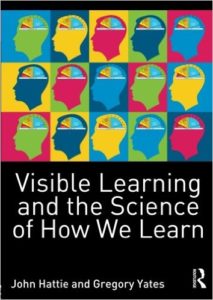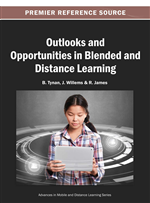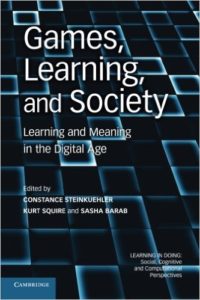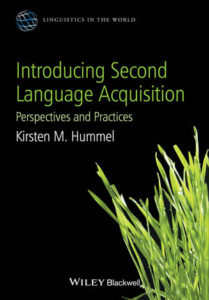 Visible Learning and the Science of How We Learn by John Hattie and Gregory C. R. Yates (2014)
Visible Learning and the Science of How We Learn by John Hattie and Gregory C. R. Yates (2014)
Visible Learning and the Science of How We Learn explains the major principles and strategies of learning, outlining why it can be so hard sometimes, and yet easy on other occasions. Aimed at teachers and students, it is written in an accessible and engaging style and can be read cover to cover, or used on a chapter-by-chapter basis for essay writing or staff development.
Introducing Second Language Acquisition Perspectives and Practices by Kirsten M. Hummel (2014)
Introducing Second Language Acquisition: Perspectives and Practices represents a clear and concise introduction to the main concepts, issues, and debates in second language acquisition studies aimed specifically at undergraduates encountering the topic for the first time.
Books I plan to read during the next month
 Outlooks and Opportunities in Blended and Distance Learning by B. Tynan (2013)
Outlooks and Opportunities in Blended and Distance Learning by B. Tynan (2013)
Outlooks and Opportunities in Blended and Distance Learning investigates the impact of the digital age on various methods of distance education, such as e-learning, virtual learning, online learning, and m-learning. Researchers, educators, and students currently engaged in or looking to implement distance education principles in their own practices will find a seminal reference collection exploring new methods of offering flexibility, accessibility, and freedom to students with a variety of educational backgrounds, situations, and needs.
 Exploring the Effectiveness of Online Education in K-12 Environments by Tina L. Heafne (2015).
Exploring the Effectiveness of Online Education in K-12 Environments by Tina L. Heafne (2015).
The integration of technology in classrooms is rapidly emerging as a way to provide more educational opportunities for students. As virtual learning environments become more popular, evaluating the impact of this technology on student success is vital. Exploring the Effectiveness of Online Education in K-12 Environments combines empirical evidence and best practices in current K-12 distance learning and virtual schools. Emphasizing current research and opportunities, this book is an all-inclusive reference source for administrators, teachers, researchers, teacher educators, and policymakers interested in the development and implementation of blended and electronic learning in primary and secondary education.
 Games, Learning, and Society- Learning and Meaning in the Digital Age by Constance Steinkuehler, Kurt Squire Ph.D., And Sasha Barab Ph.D. (Editors), (2015).
Games, Learning, and Society- Learning and Meaning in the Digital Age by Constance Steinkuehler, Kurt Squire Ph.D., And Sasha Barab Ph.D. (Editors), (2015).
This volume is the first reader on videogames and learning of its kind. Covering game design, game culture, and games as 21st century pedagogy, it demonstrates the depth and breadth of scholarship on games and learning to date. The chapters represent some of the most influential thinkers, designers, and writers in the emerging field of games and learning – including James Paul Gee, Soren Johnson, Eric Klopfer, Colleen Macklin, Thomas Malaby, Bonnie Nardi, David Sirlin, and others. Together, their work functions both as an excellent introduction to the field of games and learning and as a powerful argument for the use of games in formal and informal learning environments in a digital age.

